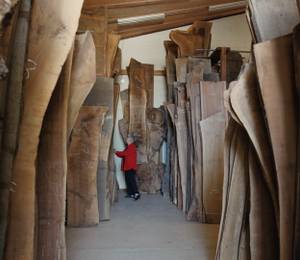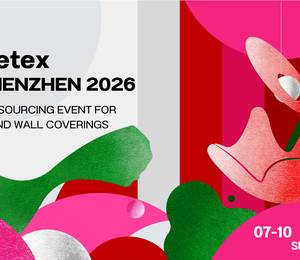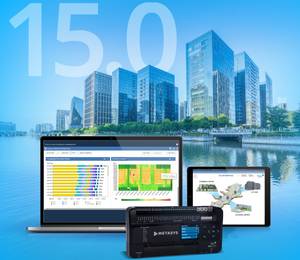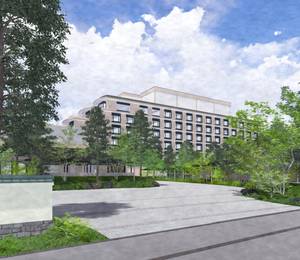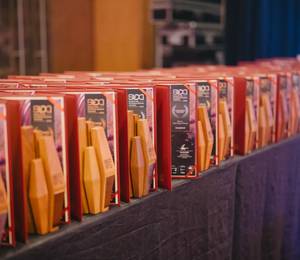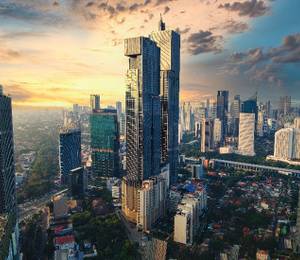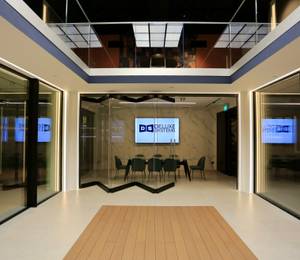The Taiwan Collateral Event of the 19th International Architecture Exhibition, La Biennale di Venezia, organised by the National Taiwan Museum of Fine Arts (NTMoFA), and NON-Belief: Taiwan Intelligens of Precarity, a curatorial project by National Cheng Kung University (NCKU), will represent Taiwan at the Biennale held from May 10 to November 23, 2025, at Palazzo delle Prigioni in Venice, Italy.
A 1:1 assembly press conference took place at NCKU on 21 January 2025, revealing the exhibition’s content to the public for the first time.
NTMoFA Director Kuang-Yi Chen, jury members Chia-Chi Jason Wang, Kwang-Tyng Wu, June-Hao Hou, Ming-Song Shyu, Chi-Yi Chang, and Jr-Gang Chi, as well as NCKU Associate Vice President Ping-Sheng Wu, curator Cheng-Luen Hsueh, and co-curators Sung-Chang Leo Chiang and Meng-Tsun Su, were all in attendance.
This year’s Biennale title is “Intelligens. Natural. Artificial. Collective.” Curator Carlo Ratti uses the term “intelligens” (highlighting “gens,” which means “people” in Latin), to discuss three types of intelligence—natural, artificial, and collective—and their role in architectural design amidst contemporary environmental and climate challenges.
Inspired by the theme of the Biennale and Robert Smithson’s theory of “non-sites”, NON-Belief: Taiwan Intelligens of Precarity examines Taiwan’s “non-beliefs” on TSMC chips, high-speed, and the relentless pursuit of efficiency and control: forces that are reshaping the world’s operations in a geopolitically precarious, globalised landscape.
Taiwan offers a model of embodied “intelligens” in its architecture, showcasing how life adapts and transforms to create a resilient, self-sustaining island republic in a collectively uncertain and fragile future.
Taiwan’s historical role as a contact zone is not only a region of political instability and ecological vulnerability created between two massive tectonic plates; the geographical, ecological, and cultural spaces deeply reflect a state of tension between openness and closure. It is also a contact zone between various diasporic inhabitants, nations, and corporations, generating layered, juxtaposed practises and “intelligens”.
Featuring projects by teams of researchers, architects, designers, and a documentary director, the exhibition presents Taiwan’s built environment as comprising localised assemblages of digitally connected, democratically paradoxical contact zones. Taiwan Intelligens of Precarity positions these assembled worlds as a frontline in planetary resistance against authoritarian autocracy and as an adaptive response to climate change at the Venice Biennale.
Binary Dialectics on Three Main Topics: Efficiency, Technology, Control
Taiwan’s spatial governance and development strategy are heavily influenced by belief and “non-belief”. Taiwanese people can turn anything into a belief, yet can also believe in nothing at all. The belief built upon fictional realities has enabled societies to organise and collaborate throughout historical evolution.
Under Taiwan’s rapid technological and urban development, TSMC chips symbolise the contemporary “beliefs” upheld by Taiwan’s collective dedication, prompting deep reflection on the environmental, water resource, and energy costs embedded within these beliefs.
The exhibition seeks to identify and construct a grey area within the binary dialectic of “belief” and “non-belief” unique to Taiwan, uncovering various expressions of “intelligens” and its impact on spatial governance. The exploration will focus on three aspects:
- Efficiency: NON-Belief in High-Speed explores the global trend of pursuing efficiency and high-speed development. Using Taiwan’s High-Speed Rail as the case study, the exhibition proposes a reflection on the urban ecology within the metropolitan areas constructed by the high-speed railway and amidst Taiwan’s rural-urban gap.
- Technology: NON-Belief in Chips explores the beliefs in the two polarised and contradictory mythologies of the “tech island” and the “eco island”, as well as the hidden costs of green energy under the shade of solar panels, reflecting on research into climate justice and new energy-driven typologies.
- Control: NON-Belief in Sensory-Motor explores the various subtle relationships in our everyday lives, reviewing the different kinds of ecological, cultural, and social conflicts within the extended context, encompassing non-belief in hegemonic empires, and flourishing through tactics of the in-between, based on understanding the city as a human sensorimotor system.
Roaming in the “Lagoon – Island – Archipelago – Peninsula” Exhibition Space
The concept of “island” was adopted for the design of the exhibition space, presenting the tensions between “belief” and “non-belief” through the relationship between “lagoon – island – archipelago – peninsula”, reexamining the complex relationship between technology, environment, and social space. The “island” installation is at the centre, supported by metal stands adopted from the traditional banquet table as piles on the uneven sunken flooring.
Multiple orthographic sectional slices illustrate a compressed cross-section of Taiwan’s precarious geological conditions, with coastal conurbations nestled in the mountainous shadow of the west-tilting fault block. Taiwan lies along a north-south fault line between the Japanese and Philippine archipelagos. The high-speed rail (HSR) line became an embodied sensorimotor extension, cutting through these strata as a spatial/temporal measuring tool of the island landscape.
Dim light filtering through the paper slowly flows over the terrain, which is encircled by the “Tech Island”, flashing images of Taiwan’s landscapes on fragments of electronic paper collectively. The contrast between the lightness and heaviness of the ancient Venice Prison Palace underscores the impact of the semiconductor industry on Taiwan’s landscapes, the shifting of urban heat island and environmental justice, water and energy distribution, and the tension between technology and ecology. Accompanied by 17 research projects, the installation aims to generate awareness and foster discourse on the architecture of the resilient and self-sustaining island.
The Taiwan exhibition also showcases 12 research and operative models arranged in an encircling archipelago configuration around the rooms. Reflecting contemporary architectural challenges and ideas, the research invites visitors to engage with Taiwan’s transformation in a precarious world. Upon entering the exhibition space, an exterior-facing window frames a view of a Renaissance church across the Grand Canal, while positioned perpendicular to the interactive and spiritual installation at the other end of the hall. A large installation composed of densely packed circuit boards replicates a common “Votive Lamp Wal” found in local Taiwanese temples, serving as a visual and spiritual spectacle that reflects Taiwan’s unique “non-belief intelligens”.
NON-Belief: Taiwan Intelligens of Precarity is curated by a team from the NCKU Department of Architecture, led by curator and department chairman Cheng-Luen Hsueh, alongside co-curators Ping-Sheng Wu, Sung-Chang Leo Chiang, and Meng-Tsun Su. The team includes consulting expert Professor Wei Tseng, and international advisory expert and joint researcher, Professor Brian McGrath, from Parsons School of Design in New York. The installations are created in collaboration with and sponsored by E Ink Corporation and HongSen Intelligent Technology.
